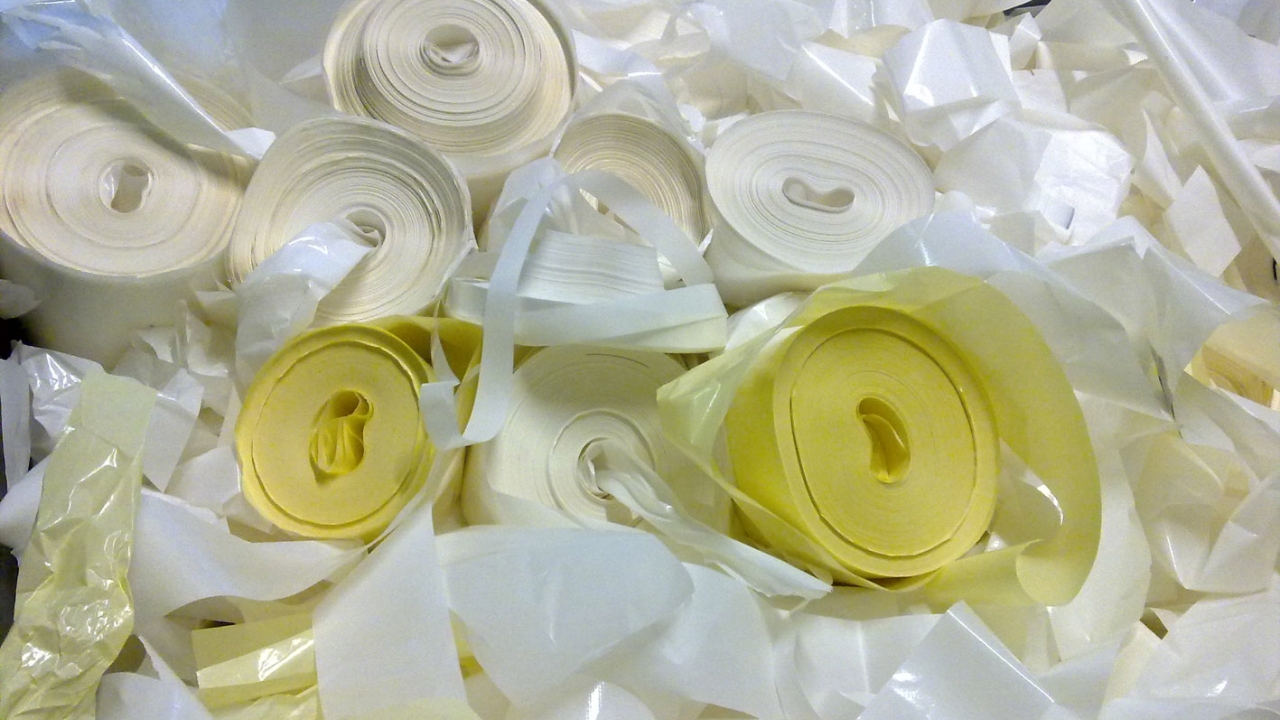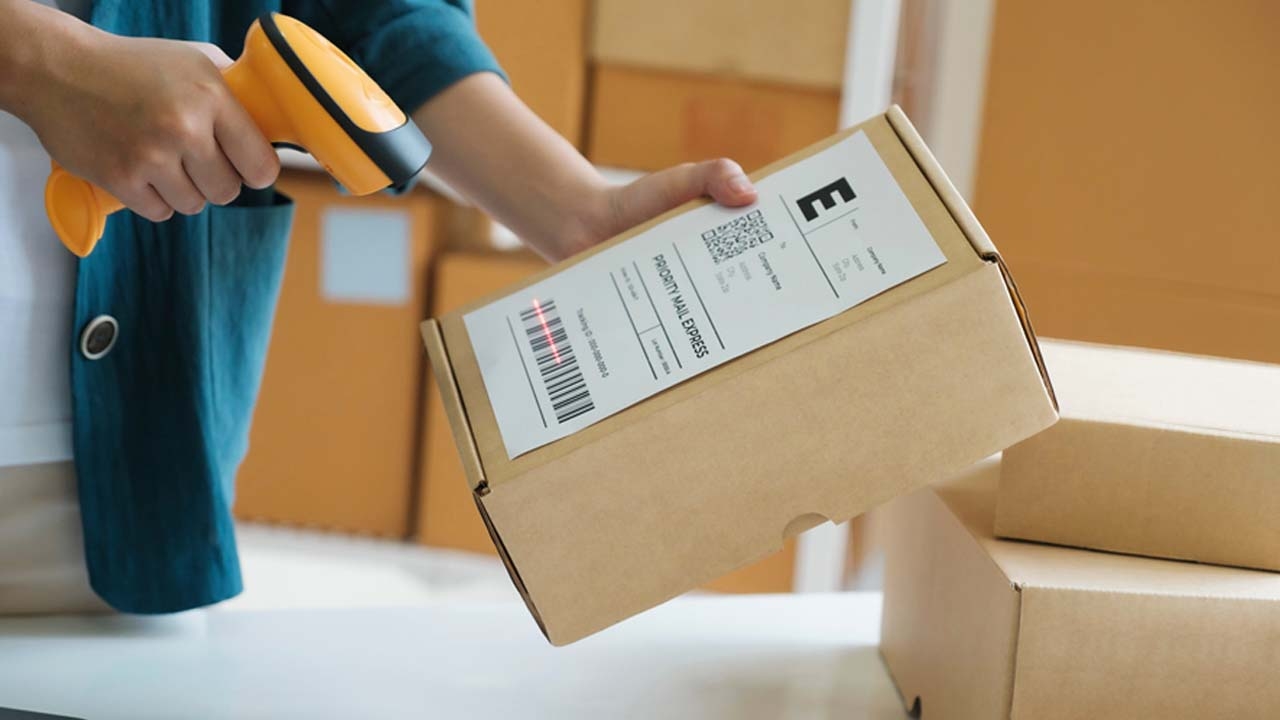Finat promotes innovation and sustainability

Speakers at this year’s Technical Seminar, organized by Finat, the European association promoting the interests of self-adhesive labeling, addressed key topics such as innovation and sustainability. The biennial ‘meeting of minds’ was held in March in Barcelona, bringing together the entire value chain of the European self-adhesive label industry and providing an opportunity to identify issues and pinpoint possible new directions for self adhesive labels.
History
A look at the self-adhesive label's 77-year history began with a history of labeling, covering all types of label and substrate – including early cans and wine bottles. The technology has became a top provider of product identification and decoration and is predicted to have greatest growth in the food and beverage sectors, as well as logistics and transport applications – with the emerging economies representing the most dynamic marketplaces.
Today, self-adhesive labeling is facing increasing competition from alternative technologies in both its main marketplaces: primary product labels and logistics/variable information print. The industry is also experiencing continuing high costs for key polymers, adhesives, and chemicals; environmental and sustainability issues; value chain complexity; and fragmentation at label converter level, creating margin pressures (there are 10,000 label converters worldwide). Therefore, narrow web self-adhesive label converters are expanding their product offering to include sleeves and flexible packaging – creating change and opportunity in the supply chain.
Regulatory issues
Regulatory issues impact the label industry, with its extended value chain and the complex structure of the self-adhesive label ‘sandwich’ of facestock, adhesive, and release liner. Developments in REACH, the European chemicals legislation, were discussed. Part of the CHEMI platform for downstream chemical users, Finat sees its overall role in relation to REACH to ‘keep track of changes, influence where necessary, and communicate’ to the Finat membership.
The same is true of food safety – particularly in relation to packaging inks and their migration. There is increasing evidence of country-specific measures that may set a precedent for pan-European legislation. The seminar covered best practice in making a choice of printing ink, said to be for the packaging supply chain to work together to ensure the best possible environmental footprint, without compromising product performance.
Innovations in print technology
Printing technology for labels is evolving and innovating. Lean manufacturing is a major feature of industry philosophy today, bringing significant benefits in the elimination of waste, faster changeovers, and improved productivity. There is also growing evidence of partnerships between ‘traditional’ printing technologies like flexo with digital label printing. Used together, they can deliver, for brand owners, a cost-effective answer for today’s shorter print runs and product multi-versioning. In one particular area, it was predicted that, in just five years, 75 percent of 100,000-label print runs or under will be run digitally: the durable ‘life-of-the-product’ labels extensively used in automotive, electronics, appliances, and other industries for safety markings on components, and making stringent demands on the label substrate and adhesive.
Innovations in self-adhesive materials
The label substrate itself may be paper or film – with film face and liner stocks currently gaining market share. Bioplastics – which may be biobased, biodegradable or both – were said to be a real future opportunity area for labels. Already widely used in flexible packaging, replacing traditional plastic films, they are also gaining acceptance with leading brand owners for labels because of their extensive environmental and end-of-life benefits, applied performance, and high consumer acceptance. There is much other activity in the development of film facestocks and release base; and future projects in PET production were said to include rPET featuring post-consumer recycled content; flame-retardant UL-compliant films; and antimony-free films.
Adhesives partly based on renewable materials are already offered on self-adhesive labels; and to meet the needs of brand owners, options for label separation from the container are currently available, custom-tailored to specific needs.
Sustainability and recycling
Finat is extremely active in the area of recycling, and the recyclability of self-adhesive label components. A signatory to the European Declaration on Paper Recovery and a participant in the Consumer Goods Forum’s Global Packaging Project (GPP), it has established a recycling project group, and is promoting and raising the awareness of the importance of recycling for the label industry, as well as positively demonstrating the suitability of siliconized paper and film liner for recycling. The GPP has identified strategic and organizational implications for the packaging supply chain, as well as a common sustainability language. Bringing together the world’s leading brand owners, retailers, packaging manufacturers, and professional associations, the GPPS – Global Protocol on Packaging Sustainability – is today an accepted framework for informed debate on sustainability concerns throughout the supply chain.
The recycling and re-use of siliconized release liner is the self-adhesive label industry’s first-line concern in the recycling arena, and the subject of much activity. The seminar looked at the topic of the current resurgence in the use of linerless labels – both for their environmental credentials, and as a specialist technology for retail priceweigh food prepacks complementing mainstream labeling.
The future
The self-adhesive label industry must continue to innovate to meet brand owners’ needs; it is the consumer brands that, through the last 250 years, have driven, and will continue to drive, labeling in all its applications – from decorative to informative, from promotional to durable. The proceedings provided evidence that the industry has every intention of continuing – through innovation and sustainability initiatives – to meet the requirements of leading brand owners and retailers, now and in the future.
Pictured: Finat is active in the area of recycling and the recyclability of self-adhesive label components
Click here for more stories about Finat on L&L.com.
Stay up to date
Subscribe to the free Label News newsletter and receive the latest content every week. We'll never share your email address.

